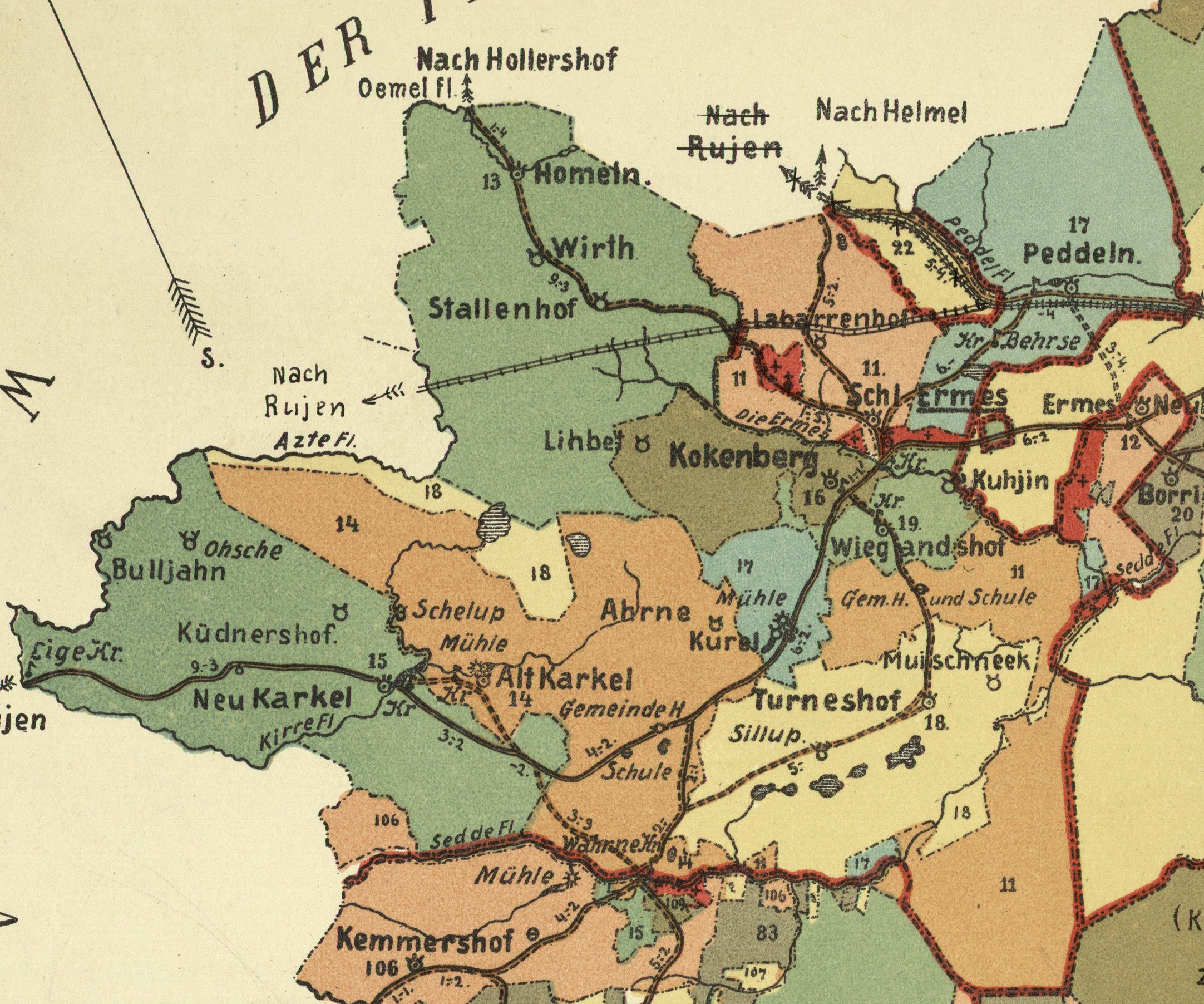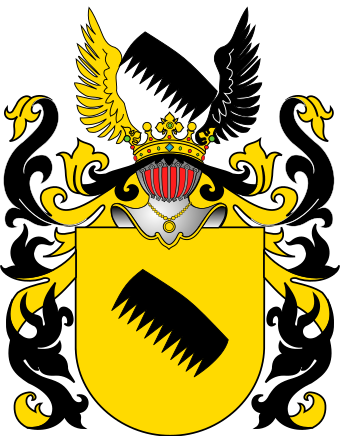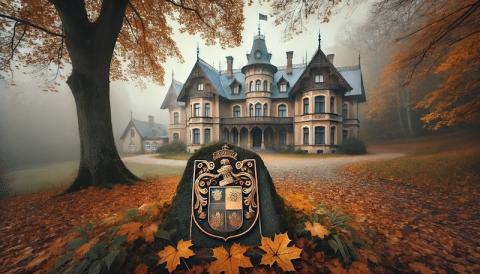Family legends often hold a grain of truth, even if they become distorted over time. My journey into family history, particularly on my maternal lineage—through my mother's mother's father’s side (Rozentāls)—has been a fascinating one. What started as a casual exploration turned into a deeper dive into historical records, DNA analysis, and surprising discoveries about Baltic German nobility in my ancestry.

While researching my family history, I used Latvia’s Periodika.lv archive to look for information about Omuļi Manor. My search led me to the historical owners of the estate. Interestingly, I also found hints about Omuļi Manor through Estonian-language Wikipedia, which provided additional leads. Step by step, I was able to trace the von Anrep family—one of the prominent Baltic German noble families in Livonia. Eventually, my research even led me to Max von Anrep (1870–1915), one of the last barons of the family.

Curious about a potential genetic link, I decided to check my DNA matches on MyHeritage. To my surprise, there were von Anrep descendants among my distant relatives. This unexpected confirmation clarified some of the oral family traditions passed down through generations, though many facts still need to be verified and the full story remains to be uncovered.
The Legends Passed Down
Growing up, I had heard from my grandmother (the daughter of Jaan Rosenthal) that our family had Swedish ancestry and that, generations ago, some manor house (Melnā muiža) had belonged to our ancestors. At the time, these were just vague stories, but with this new evidence, they seem to have a foundation in history.
It turns out that Omuļi Manor was indeed owned by the von Anrep family, a notable Baltic German noble house from Livonia. Further research led me to the der Mol family, another distinguished noble family from Courland (Kurzeme). The noble connections are no longer just myths; they are part of our documented family history.
A Coat of Arms and a Shared Ancestor
As part of this discovery, I have also found and included the coat of arms of the von Anrep family, symbolizing our historical connection. It appears that we share a common ancestor several generations back—our great-great-great-great-great-grandfather.

Now, without a doubt, my family tree includes not only deep Livonian roots but also Baltic German nobility. The search continues, and with every new piece of information, the puzzle of our heritage becomes clearer.
The von Anrep Family: From the Crusades to the Baltics
The von Anrep family traces its roots back to the 12th and 13th centuries, during the Northern Crusades when German and Scandinavian knights, led by the Teutonic Order and the Livonian Brothers of the Sword, conquered and Christianized the indigenous peoples of the eastern Baltic. Many noble families, including the Anreps, established themselves in the newly formed Livonia, which covered modern-day Latvia and Estonia.
The first recorded mentions of the Anrep family appear in Westphalia, Germany, before they settled in Livonia (now Latvia and Estonia) during the medieval period. By the 16th and 17th centuries, they had become influential landowners and members of the Baltic German nobility, a privileged class that held administrative and military positions under Swedish, Polish-Lithuanian, and later Russian rule.
During the Swedish Livonia period (1629–1721), the Baltic German elite—including the von Anrep family—played a key role in local governance, military affairs, and the economic structure of the region. However, following the Great Northern War, Livonia came under Russian Imperial control (1721), and the von Anreps, like many other Baltic German nobles, continued serving as high-ranking officials in the Russian Empire.
The Anrep Legacy in Livonia and Beyond
The von Anrep family owned several manors in present-day Latvia and Estonia, including Omuļi Manor, which I was specifically researching. By the 19th century, members of the von Anrep family were prominent in military, political, and scientific circles across the Russian Empire.
One of the most notable figures in the family was Joseph von Anrep (1796–1860), a general in the Russian army, and Max von Anrep (1870–1915), who was one of the last barons of the family before the Baltic German nobility lost its estates following World War I and the land reforms in newly independent Latvia and Estonia.
By the early 20th century, many Baltic German families, including the von Anreps, were forced to leave the region due to the political upheavals brought by Latvia’s independence (1918) and the land reform laws, which stripped nobility of their vast estates. Many resettled in Germany, Sweden, or Russia, while others assimilated into Latvian and Estonian society.
